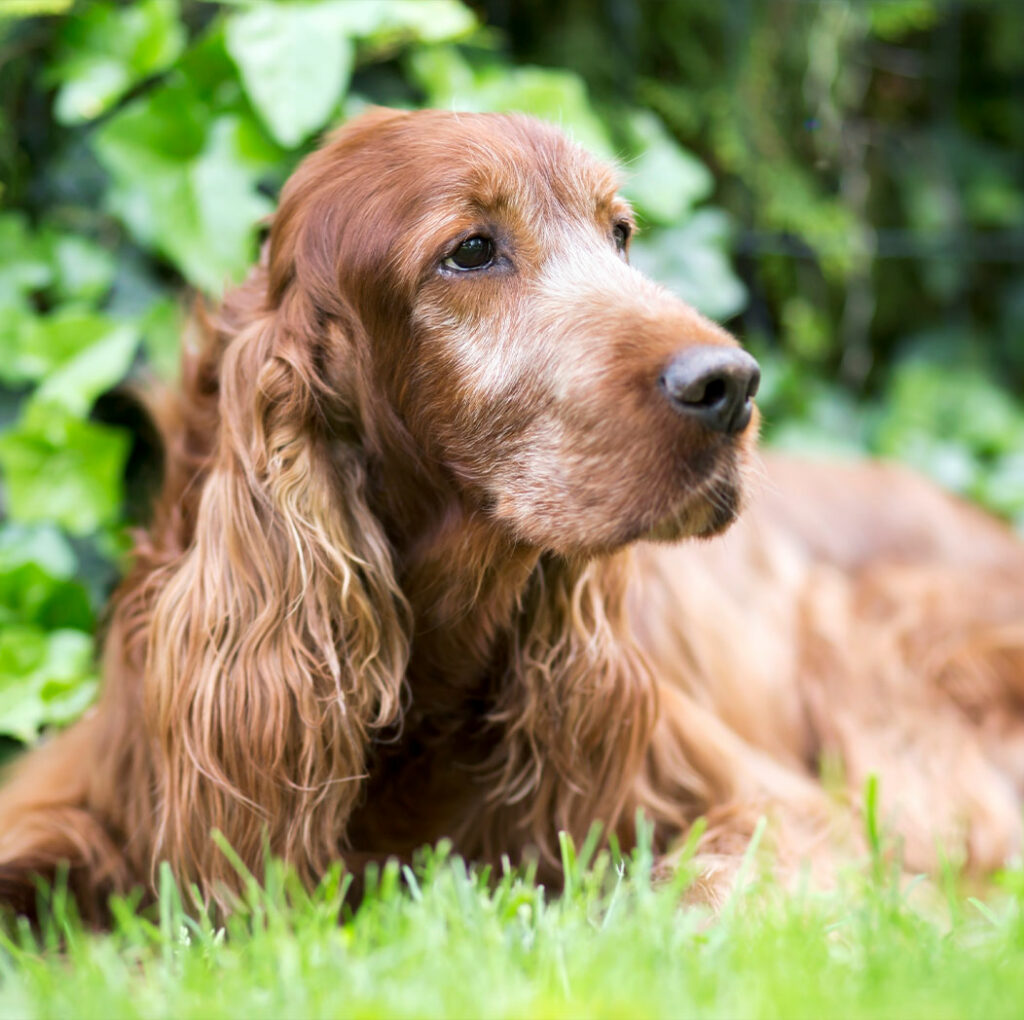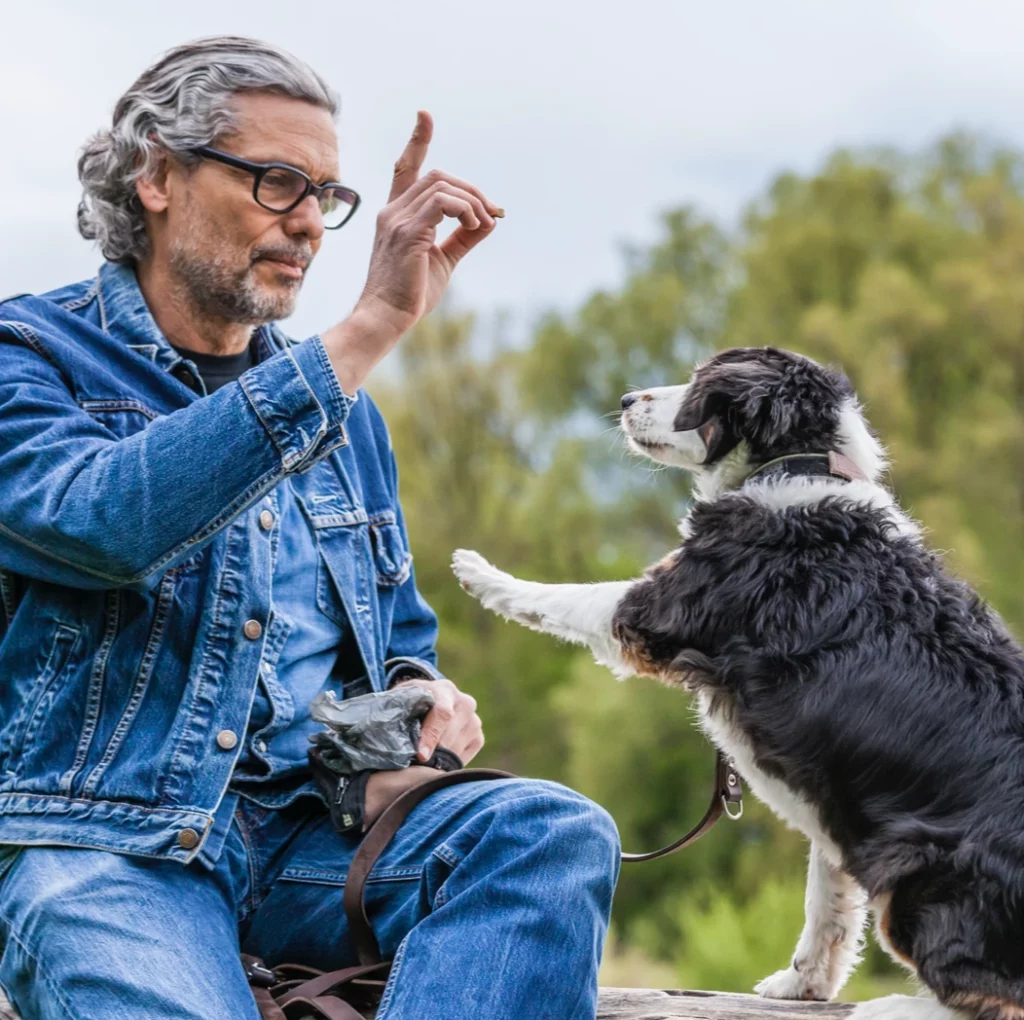Bringing home a new puppy to your family is both an exciting and challenging experience for everyone involved. Amidst the playful moments and adorable antics, one crucial aspect of puppy training is often overlooked: crate training. Crate training is a valuable tool for nurturing a well-behaved and comfortable puppy while providing numerous benefits for both pet and owner.
Understanding Crate Training
Introducing a crate as your puppy’s personal space is key. Begin by choosing the right sized crate – not too big for the puppy to wander around and not too small for comfort. Place a comfortable blanket that smells like you and their favorite toys inside to make it feel more like home. Start slow; encourage your puppy to explore the crate voluntarily before closing the door for short periods. Gradually increase the time spent inside, rewarding good behavior with training treats, making sure to establish the crate as a place of comfort for your puppy.
Establishing Routine and Safety
Crate training establishes a routine that aids in housebreaking and prevents destructive behavior. Puppies instinctively avoid soiling their living area, promoting good bathroom habits. Because a crate serves as a secure spot for your pet when unsupervised, it’s important to note that the crate is never to be used as a form of punishment.
Reducing Anxiety and Stress
Contrary to common misconceptions, when training is done properly, crates provide a sense of security for puppies. It mimics a den-like environment, making them feel safe and relaxed. This space becomes their refuge during overwhelming situations, reducing anxiety levels. Gradually, your puppy will view their crate as a personal haven, aiding in managing separation anxiety when you have to be away.
Training Treats and Positive Reinforcement
Utilizing treats during crate training is an effective method of positive reinforcement. Reward your puppy whenever they willingly enter the crate or exhibit calm behavior, using a marker word like “yes” as then rewarding with a treat immediately after. The Groov Training Aid, which you can fill with peanut butter and mini Pet Botanics Rewards, is a great enrichment toy you use to motivate and reassure your puppy that their crate is a safe place.
Patience and Consistency
Crate training requires patience and consistency. Each puppy learns at their own pace, so avoid rushing the process. Sitting in the same room as the puppy with the crate open is a great way to reinforce that the crate is a safe space for them. Use the crate regularly, but never as punishment. Gradually increase crate time and always make it a positive experience. Consistency in training methods and scheduled routines ensures successful crate training for your puppy.
In conclusion, crate training is a valuable tool in fostering a well-adjusted and disciplined puppy. It provides a safe environment for your pet, aids in housebreaking, and can reduce anxiety. Incorporating positive reinforcement with Pet Botanics Training Rewards and establishing a consistent routine are essential to successful crate training. Embrace this process with patience and compassion and soon your puppy will see their crate as a cozy retreat.
Want to learn more about puppyhood? Read our essential guide to bringing home a puppy. Training a puppy can be a lot of work but you don’t have to go into it blindly, we have a great list of trainers where you can search for a trainer near you and set you and your puppy up for success.

